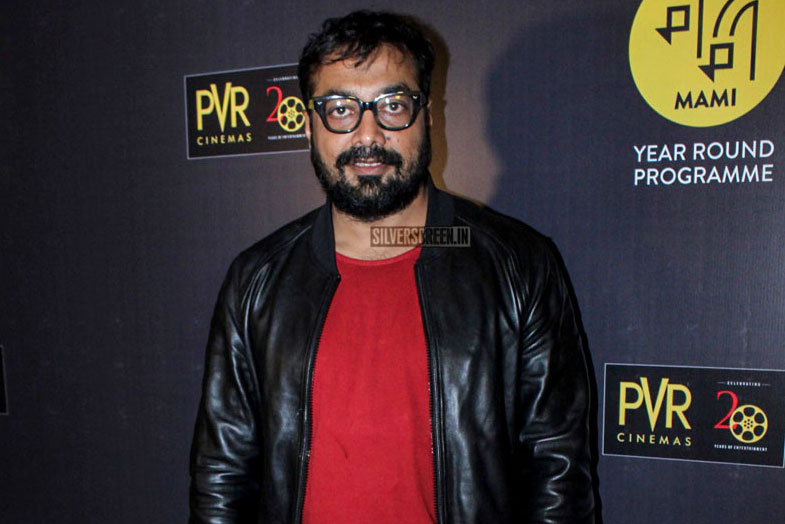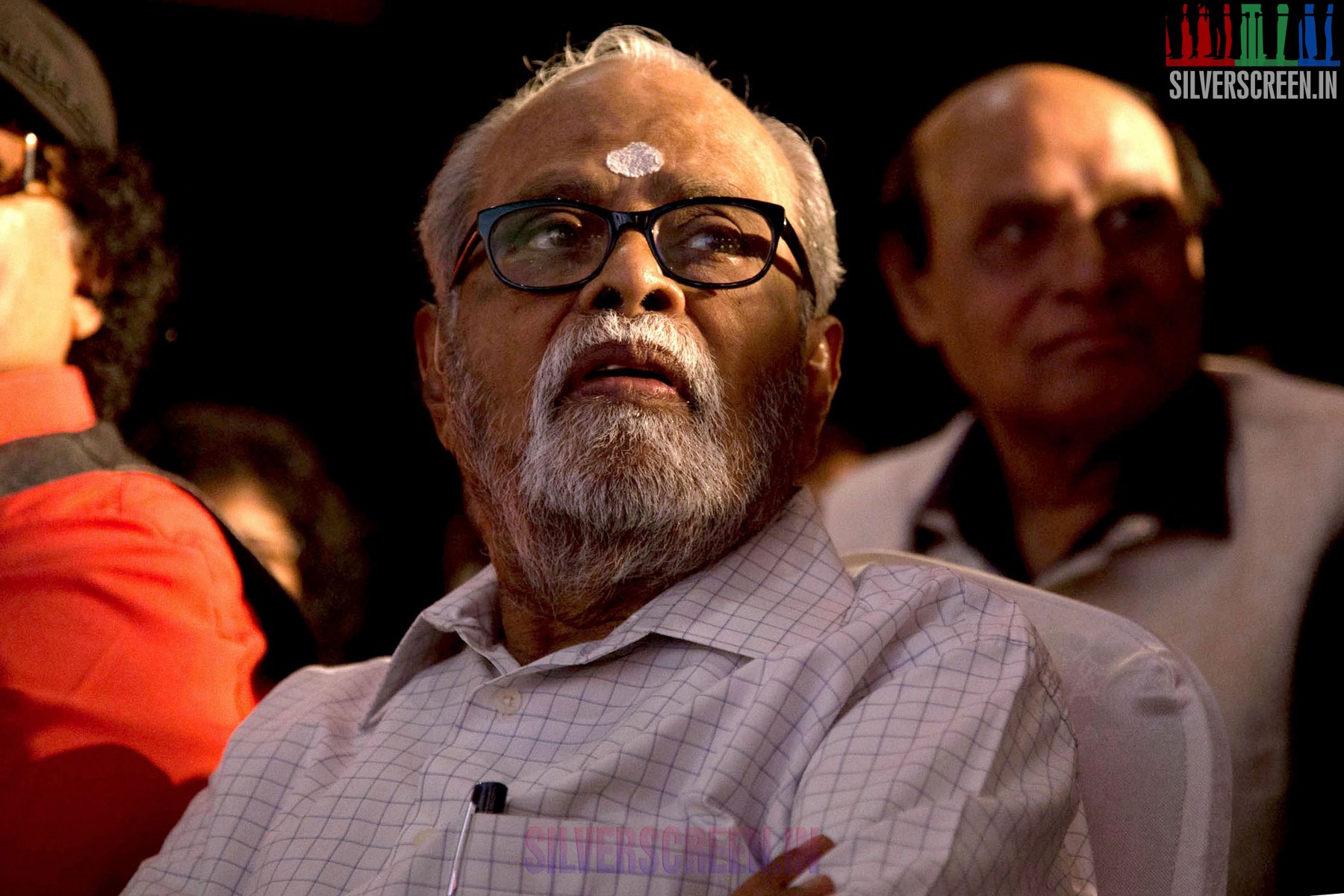Over the years, the tale of Kayamkulam Kochunni has been retold in literature, theater and cinema (big screen and small) countless number of times. The latest to do so is the big-budget film directed by Rosshan Andrrews which focuses on the unexplored aspects of the outlaw’s life
Next to a Hindu temple in Pathanamthitta district’s Kozhencherry town, is a shrine dedicated to a Muslim highway man, a resident Robin Hood. Kayamkulam Kochunni may have perished in Travancore state prison in 1858 for a range of crimes including murder, but he is now a powerful deity for whom devotees offer incense sticks, country liquor, betel leaves, areca nut and tobacco.
The legend of Kayamkulam Kochunni is primarily sourced from Aithihyamala [garland of legends], a big fat book of stories that unevenly blends myths, historical facts and imagination, written by Kottarathil Sankunni in the early 20th century and first published in 1925. In the Malayali society, stories from Aithihyamala always find a way to reach children as bedtime stories, through school text books, comic books or cinema. Sankunni’s language perfectly conforms to the standard moral compass of the early 19th century Kerala society. He doesn’t contest the superstitious beliefs or regressive religious practices of that time, but weaves them in to add colour to his tales. The book was a mirror to the Kerala society at the time it was written. In it, Sankunni agrees that Brahmins and temples hold the foremost status in the society. The writer uses the most formal tone to speak of Brahmins (Nampoothiri), while the lower castes and women are addressed using informal terms.
One of the stories is about Kadamattathu Kathanar, a Christian priest who practiced witchcraft. He, at one point, goes down a tunnel to the netherworld to conquer demonic powers. In another story, a pariah woman gives birth to twelve children who, as fate would have it, grow up in different households belonging to different kulam (ethical lineage). The story, Parayi Petta Panthiru Kulam, is about the caste system that was rigidly practiced in Kerala during the time the book was written. The book’s version of Kochunni, an infamous outlaw who terrorised central Kerala in the first half of the 19th century, is a mix of fantasy and fiction. According to the book, Kochunni was a shape-shifter. He never harmed the Brahmins as he held them in high regard and respected their lineage. His victims were landlords and financiers who treated the poor and the needy callously.
Unlike characters such as Kathanar, Kochunni belongs to a more recent era. He was born in Kottukulangara near Kayamkulam in 1817 (Kollavarsham 993), in an impoverished Muslim household. The archaic port town of Kayamkulam, a part of the Travancore state, had been fertile ground for outlaws and plunderers. At the age of ten, he ran away from home due to abject poverty, and thanks to a kind Brahmin, he found a petty job at a grocery where he would spend his next ten years. It wasn’t easy for a man, in those days, to escape from the shadow of his lineage. Kochunni’s father, according to the book, was a robber. Once, he approached a wayfaring martial arts exponent, a Muslim man who had arrived in Kayamkulam to tutor young Muslim boys in self-defense techniques. The man refused to accept Kochunni as a disciple, for he feared the boy, would at some point, follow the footsteps of his father. The legend says the boy, like Mahabharata’s Ekalavya, hid on a tree at the teacher’s kalari [school] every evening and learned the lessons. Later, when the teacher found this out, he was rather impressed with the boy’s intellectual capacity, and personally taught him wizardry and the most treasured tricks in martial arts.
In Aithihyamala, although as a passing remark, there are references to Kochunni’s alcoholism and philandering ways that led to his arrest and subsequent death in 1857. He entered the radar of the state police after he murdered his mother-in-law who questioned his womanizing ways. Later, he murdered two more people – a woman who tipped the police about him, and her lover. Sankunni ends his account on a sympathetic tone, saying Kochunni’s crimes appear petty when compared to the transgressions committed by other outlaws like Kopparaparambil Mammad and Kaduvacheri Vava who were his gang members.
However, Kochunni’s dark traits are largely absent in the onscreen adaptations of his life. In 1966, PA Thomas directed the movie Kayamkulam Kochunni which has Sathyan playing the titular role. The film portrays him as a self-righteous working class hero who fought against inequality in the society, and cuts out everything dark and undesirable that Sankunni’s version has. The film features singer KJ Yesudas in a pivotal role, as a kohl seller who weds Kochunni’s sister and becomes his close family.
Rosshan Andrrews’ film deviates from Aithihyamala to bring in the role of the British empire that had started making steady inroads to Travancore then, and narrates Kochunni’s close friendship with Ithikkara Pakki (portrayed in the film by Mohanlal) another dreaded highway man who lived in the region during that period.
Andrrews, in conversation with Silverscreen, said that his screenwriters, Bobby and Sanjay, gave him the idea to retell the story of Kayamkulam Kochunni in a new way. “As a filmmaker, I have always wanted to try new genres, break out of my comfort zone. When I told my writers that I wanted to do a period film on a large canvas, they asked me to go through Aithihyamala and Amar Chitra Katha. I was hooked to this story. He (Kochunni) was a larger-than-life character.”
Recommended
Although the team did extensive research and worked hard to get the portrayal of the period (1830s) right, Kayamkulam Kochunni is not a historical film, he declared. “It’s fantasy. We are narrating a myth here. It’s not a historically accurate drama. The story of Kochunni as you see in Amar Chitra Katha or Aithihyamala are concise. This is our interpretation of his life. We have tried to imagine how the British presence in the region might have affected Kochunni’s life. Similarly, we brought in the character, Pakki, who lived in Ithikkara around the same time as Kochunni. We imagined them as friends.”
Unlike the earlier screen adaptations of Kochunni’s life, this film would explore Kochunni’s formative years, added Andrews. “You will see the social and personal circumstances that turned him into a thief. Kochunni wasn’t an outlaw in the conventional sense. He had a fascinating ‘other’ side. He was deeply in love with a Shudra woman named Janaki. He saved money and helped people generously.”
Kayamkulam Kochunni, starring Nivin Pauly – as the eponymous outlaw – and Priya Anand, hits theatres tomorrow.
*****



